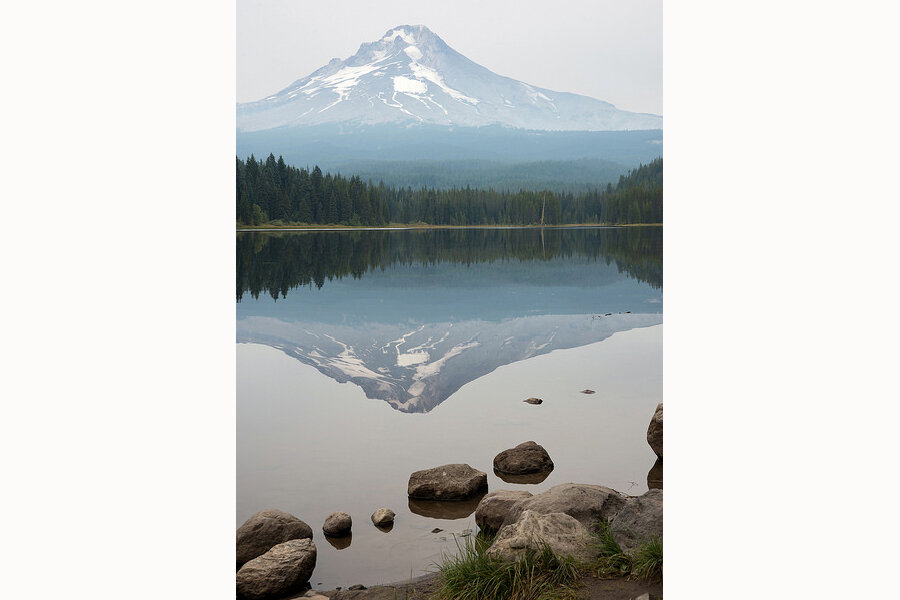Why Mount Hood's next eruption will be like a big blob of toothpaste
The last time Oregon’s Mount Hood erupted was 220 years ago, and the eruption before that was 1,500 years ago.
But by understanding how hot and cool magma mix, scientists say they may get better at predicting when Mount Hood's next eruption will occur.
The magma sitting deep inside the volcano is capable of causing the next eruption within 60 days, say researchers from the Oregon State University, who published a paper titled "Rapid remobilization of magmatic crystals kept in cold storage" in the science journal Nature.
In the case of Mount Hood, eruptions will eventually occur once the cooler magma stored in near-solid conditions 4-5 kilometers (2.5 to 3 miles) beneath the surface of the volcano mixes with the hot magma that rises from deep within the Earth’s crust, say researchers.
In the process of mixing, the time taken by the cooler magma (stored beneath Mount Hood for at least 20,000 years – and probably more like 100,000 years) to "liquefy and potentially erupt is surprisingly short – perhaps as little as a couple of months," according to a press release from OSU.
“If the temperature of the rock is too cold, the magma is like peanut butter in a refrigerator,” says Adam Kent, an Oregon State University geologist and co-author of the study. “It just isn’t very mobile. For Mount Hood, the threshold seems to be about 750 degrees (C) – if it warms up just 50 to 75 degrees above that, it greatly decreases the viscosity of the magma and makes it easier to mobilize" -– into an eruption.
This threshold temperature is reached when the stiff magma heats up and becomes relatively runnier, Dr. Kent told the Monitor.
The good news for nearby residents: Mixing of the hot and relatively cold magma prevents violent eruptions. In this scenario, the magma tends to ooze out the top of the peak, instead of exploding, researchers said. From analyzing previous data sets, it appears that Mount Hood as a volcano is not known for violent eruptions, but its eruptions are powerful enough to trigger landslides causing damage to the areas around the volcano, Kent says.
“What happens when they mix is what happens when you squeeze a tube of toothpaste in the middle,” says Kent. “A big glob kind of plops out the top, but in the case of Mount Hood – it doesn’t blow the mountain to pieces.” This type of mixing caused the past two eruptions.
To determine the rough threshold that makes the stiff magma viscous enough to cause an eruption, researchers analyzed the crystals left behind when Mount Hood's magma first rose. They documented the age and conditions under which the crystals were formed.
If the temperature is too hot, crystals cannot be formed as they will melt and if the rock is too cold, they don’t grow as fast, Kent says.
By studying rate of decay of naturally occurring radioactive elements, "we predicted that the crystals were roughly 100,000 years old and most of the crystal growth happened at or above roughly 750 degrees (C)," says Kari M. Cooper from University of California, Davis, and co-author of the paper.
This technique could be used to study other, larger volcanoes and predict their volcanic activity by determining the condition of the magma underneath.
“What is encouraging from another standpoint is that modern technology should be able to detect when magma is beginning to liquefy, or mobilize,” Kent says, “and that may give us warning of a potential eruption. Monitoring gases, utilizing seismic waves and studying ground deformation through GPS are a few of the techniques that could tell us that things are warming.”
[Editor's note: The original version of this article misquoted Dr. Kent.]






